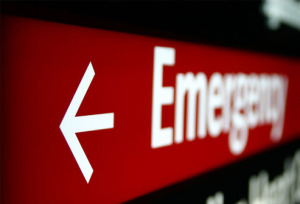Medical Spas & Cosmetic Crimes
/From our friends over at Healthy Aging Magazine, an article that may or may not surprise you......
Depending on what statistics you read, tight economic times can either produce crime increases or decreases. However, a particularly peculiar variety of crime seems to be increasing these days—vanity crimes.
No, I’m not talking about the crime of going too big on your lip plumper or stripping 20 years off your skin when 10 would look more natural. I’m talking about people ripping off the dermatologists and plastic surgeons they’ve gone to for aesthetic procedures.
A newspaper in Florida reported recently on several cosmetic crime cases:
- A woman came in for Botox and fillers totaling $3,300 then pulled a dine and dash. When she walked out of the office to visit an ATM to get the money, she bolted and never returned. Although she declined the before and after pictures, the office captured her on security video.
- A women received a $9,000 breast augmentation and tried to pay for it with a stolen credit card.
- A Fort Lauderdale women was charged with using a stolen credit card to pay for a tummy tuck.
- In a similar case, a Des Moines woman was accused of identity theft when she used a credit card to pay for over $6,000 in cosmetic surgery. She took out the credit card in her estranged husband’s name—probably not a good way to win him back.
An article on MSNBC cites Botox bandits Newport Beach, CA; Port St. Lucie, FL; Tampa, FL; Brisbane, Australia and Kenton, England. Jeff Karzman from the American Academy of Cosmetic Surgery states that it's a problem happening "coast to coast."
Dallas plastic surgeon Rod Rohrich, MD, says he's having patients pre-pay for procedures to prevent what he calls "runners." Many medical spas have turned to an up-front payment system.
Is smoother skin or a slimmer figure really worth a crime? How many months or years in the slammer would you do for a breast job or Brazilian butt lift? What should practice owners do to protect themselves against this kind of thing? Post security guards? Perform preemptive credit and background checks? Charge for procedures up front? If charge up front, should that apply to all patients or just new or suspicious ones?
Guest post by Grant Clauser, Editor of Healthy Aging Magazine.
Submit a guest post and be heard.
















